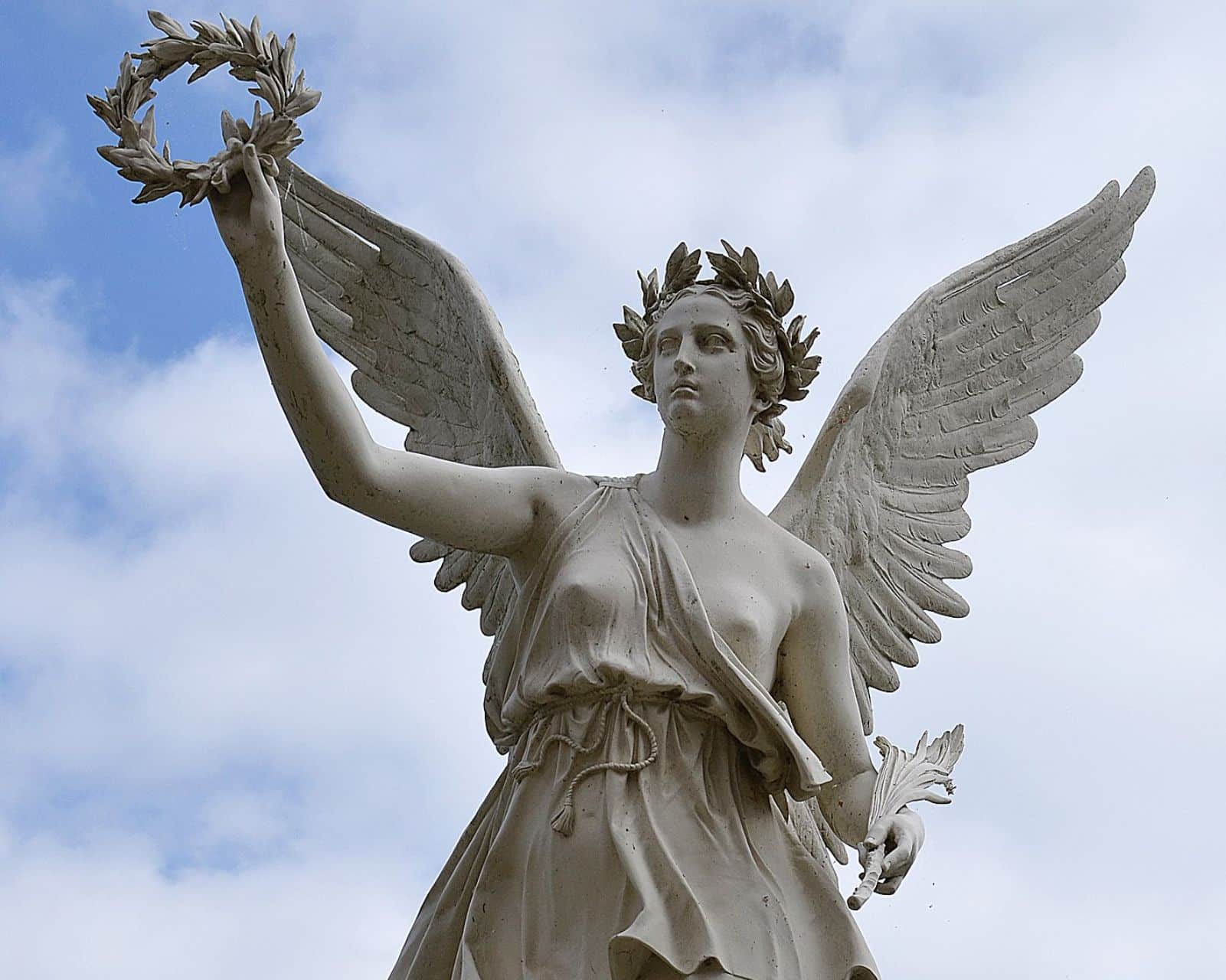

A rare Roman sandstone relief of Victoria, the goddess of Victory, has been uncovered at England’s Vindolanda fort near Hadrian’s Wall, providing a striking new glimpse into the final years of Roman military campaigns in Britain.
The discovery was made by longtime excavation volunteers Jim and Dilys Quinlan, a husband-and-wife team from Merseyside in their 21st year working with the Vindolanda Trust. They unearthed the relief from a rubble layer above the remains of a former infantry barracks.
Archaeologists date the find to around A.D. 213, shortly after the conclusion of the Severan campaigns—a series of military operations that reshaped Roman Britain’s northern frontier. Measuring 47 centimeters high, 28 centimeters wide, and 17 centimeters deep, the intricately carved stone is believed to have once formed part of a monumental structure, possibly a grand archway or gate.
Victoria, the Roman equivalent of the Greek goddess Nike, symbolized military triumph and peace after war. Experts say her presence at this site is especially significant, as the relief may have commemorated the end of hostilities and the establishment of renewed stability across the region.
“Finds like this are increasingly rare these days from Roman Britain,” said Dr. Andrew Birley, Director of Excavations at the Vindolanda Trust. “The beautifully carved figure reminds us that Roman forts were not just functional military structures—they carried cultural and symbolic significance for the soldiers who lived there.”
ARCHAEOLOGY
Amateur archaeologists unearth winged goddess at Hadrian’s Wall
A striking Roman depiction of the winged goddess of victory has been discovered near Hadrian’s Wall by volunteers helping archaeologists on an official excavation.
The stone relief was found by a… pic.twitter.com/lOXKYf5jcR
— Grouse Beater (@Grouse_Beater) May 21, 2025
Researchers believe the relief likely framed an inscribed panel that once celebrated a military victory or honored the following peace. The structure it adorned may have marked an important entrance to the fort, serving as both a physical and symbolic gateway.
Barbara Birley, curator at the Vindolanda Trust, noted that Roman reliefs like this one were often painted in vivid colors, though most traces have faded.
She noted that “it is highly likely that this stone would have originally been brightly painted. We will be working with our specialists to see if any traces of the pigment remain, so for now the relief is being stored unwashed, ready for that further analysis.”
The figure’s identification as Victoria was confirmed by Professor Rob Collins, Head of Archaeology at Newcastle University, whose analysis supported the historical significance of the relief.
The Roman Victory goddess relief will be publicly displayed for the first time in early 2026 as part of the Vindolanda Trust’s “Recent Finds” exhibition. The relief is expected to be a major highlight for the internationally known Roman heritage site’s visitors.
